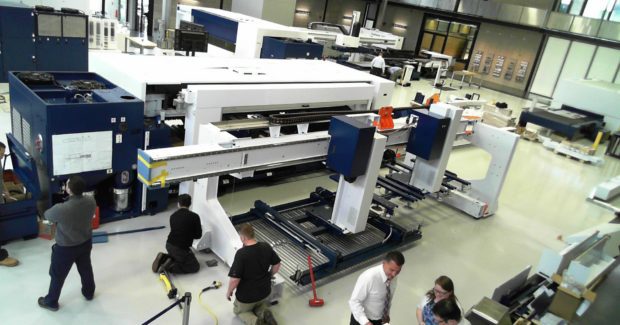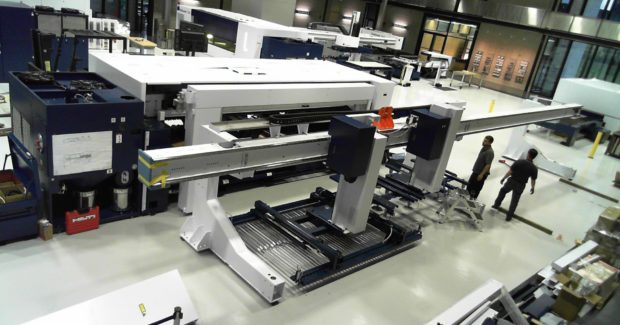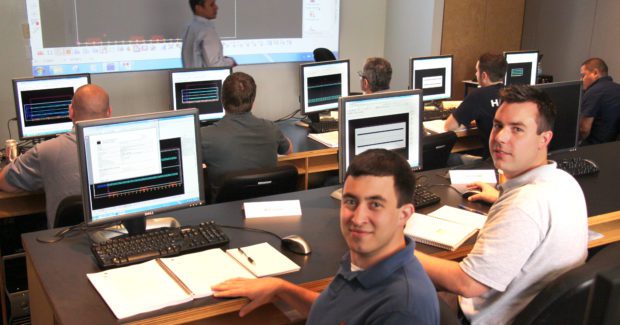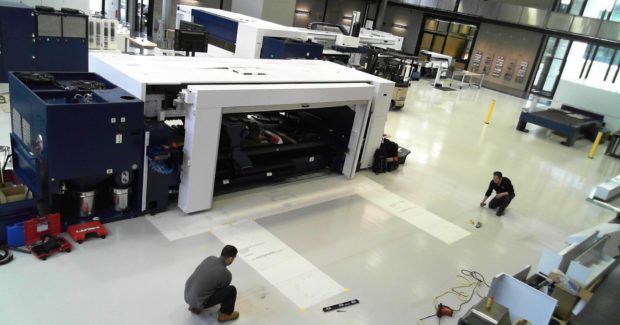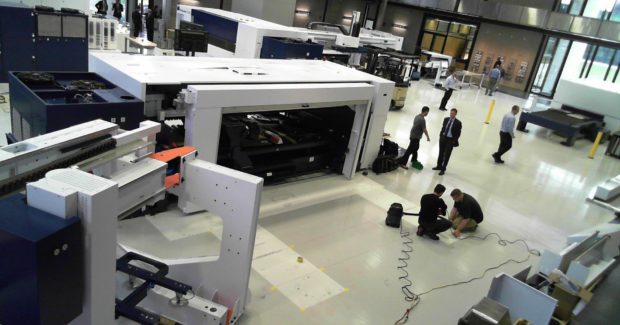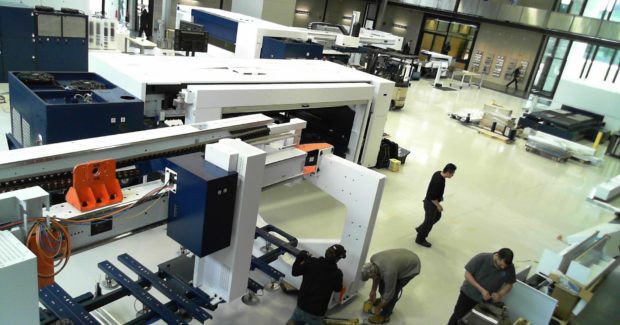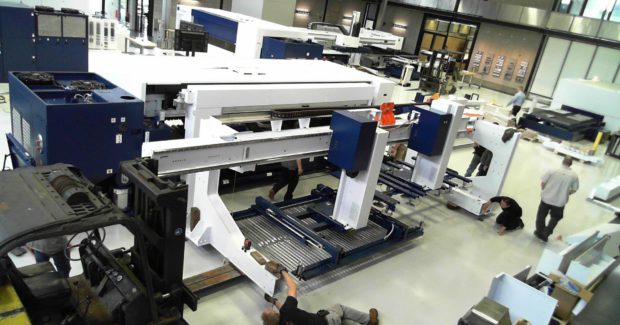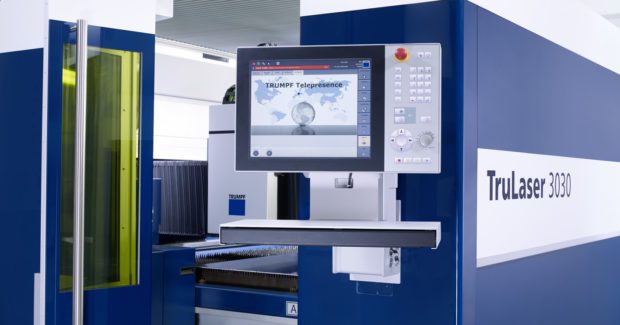A Warm Welcome for New Equipment
How to prepare your shop for a smooth installation that gets your new machinery up and running efficiently and as quickly as possible so it can begin generating money for your company.
Posted: January 24, 2017
The research is done, the decision is made and the purchase order has been signed. Your new capital equipment will soon be on its way. However, there is still work to be done. The ultimate goal is to get this new machinery up and running as quickly as possible so it can begin to generate money for the company. For this to occur, preparation is needed across the shop and this begins with a thorough review of the layout and pre-install manual for the new equipment. Although it might seem like common sense, this simple action can be the difference between a smooth installation and hours lost in frustration. With this information on-hand, it is time to begin shop preparations.
PERSONNEL AND TRAINING
The first action item when preparing for new capital equipment should be to ready the staff. Someone will need to manage the shop preparations as well as the delivery of the machine. In addition, any machine operators, service personnel or programmers who will be working with the new system once it is installed should be assigned in advance so that they can schedule and complete the appropriate training. This is also the place to prepare a laser safety officer or other specialist if one is required by the federal laws or regulations. Begin to organize the staff up to four months prior to delivery to give each individual ample time to prepare.
SITE PREPARATION
Once the personnel are assigned, building preparations can begin. This groundwork is paramount to a successful installation and should begin eight to twelve weeks prior to the install date. First, determine the exact site and placement of the new equipment and any additional space requirements which can be found in the installation plan. It is often best to consult a professional structural analyst who will review the installation manual, foundation plan and installation layout to help confirm whether the quality of the floor meets the requirements set forth by the manufacturer. For example, the machine might require an oil-resistant floor without expansion joints, or the floor might need to be of certain flatness. In all these preparations, be sure to also factor in the final weight and physical dimensions of the machine.
This is also the time to check factors such as the room temperature, sun exposure and purity of the ambient air – all of which can impact a machine’s performance. Begin this assessment as early as possible to leave plenty of time for improvements. The route the new equipment will take to the installation site is also an important consideration. If a machine must pass through gates, under headers or cable racks, or around corners, it is important to address these barriers in advance. Make certain the floor can support armored rollers or other tools that will be used to transport the machine, and also check that the path and the entire installation site are free of obstructions.
This step is also the perfect opportunity to consider your company’s manufacturing process as a whole and where inefficiencies exist. Think about the entire process: from incoming customer inquiries to shipping and order completion. Could the flow of information, materials or parts be improved? Would rearranging certain equipment help to reduce or eliminate waste? What other lean initiatives might be implemented at this time, for example, to improve visualization or transparency? Use the arrival of new equipment as the catalyst to improve other processes, operate more efficiently, or implement new technologies that will help to improve business operations overall.
UTILITIES AND CONSUMABLES
Once the shop floor is prepared and the path is clear, electrical requirements can be addressed. Voltage fluctuations and similar missteps can cause catastrophic damage to new machinery and its components, so be sure to confirm the line conditioners or transformers as necessary to the builder’s specification. Be mindful that conductor cross-sections and fuse protectors should be positioned according to legal requirements and, if several machines will be connected to the network, an alternating current supply must be used. This work is ideally done up to a month, but at least a week, in advance of the machine’s arrival.
This is also a good time to add or address the Teleservice and network connections. Machines are now available with Wi-Fi connections and this can be used to tie into software systems and connect various devices to ensure higher uptime. As manufacturers continue their push towards Industry 4.0, it will be increasingly essential for machines and systems to communicate and exchange relevant information. Laying down the groundwork for these types of connections right now will make the job easier in the long run and best prepare your shop to become the smart factory of the future.
Gases and compressed air also need to be arranged for the new machine and any reputable professional supplier should be able to help ensure a smooth and trouble-free installation. Work with a gas supplier to determine the best supply method (cylinders, cylinder bundles or a gas tank), correct fittings, and the appropriate conduits for the new equipment. Consult the compressed air supplier to match the connection and purity requirements. Review the operating materials to determine if cooling water is required and if it must be de-mineralized. Having these resources prepared before the machine arrives will eliminate setbacks and time wasted during installation.
As the installation date approaches, also take a moment to review and check the status of any miscellaneous items that might be needed. The operating manual for your new equipment, laser safety glasses or the appropriate tooling for a new machine are all examples of easily overlooked items that are often needed before the equipment can fully function on the shop floor.
Implementing the latest technologies makes jobs easier, increases capabilities and excites users. Smarter functions, automated handling and greater visibility of the process have changed manufacturing for the better. The arrival of new equipment should be a positive experience, and with the proper planning your staff will be reaping its benefits in no time at all.




